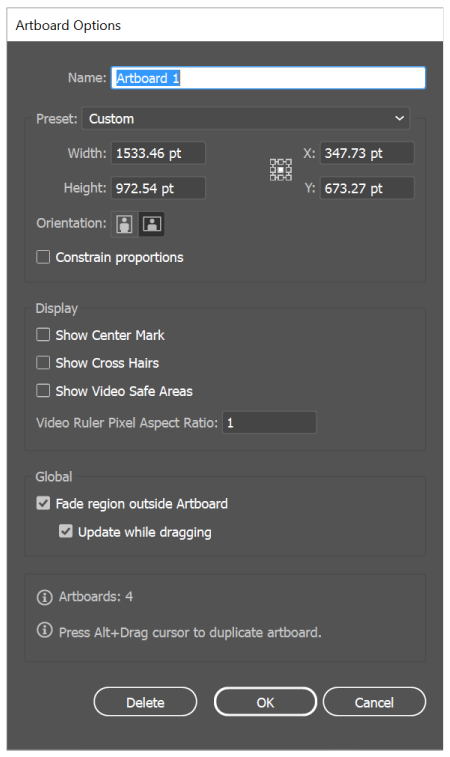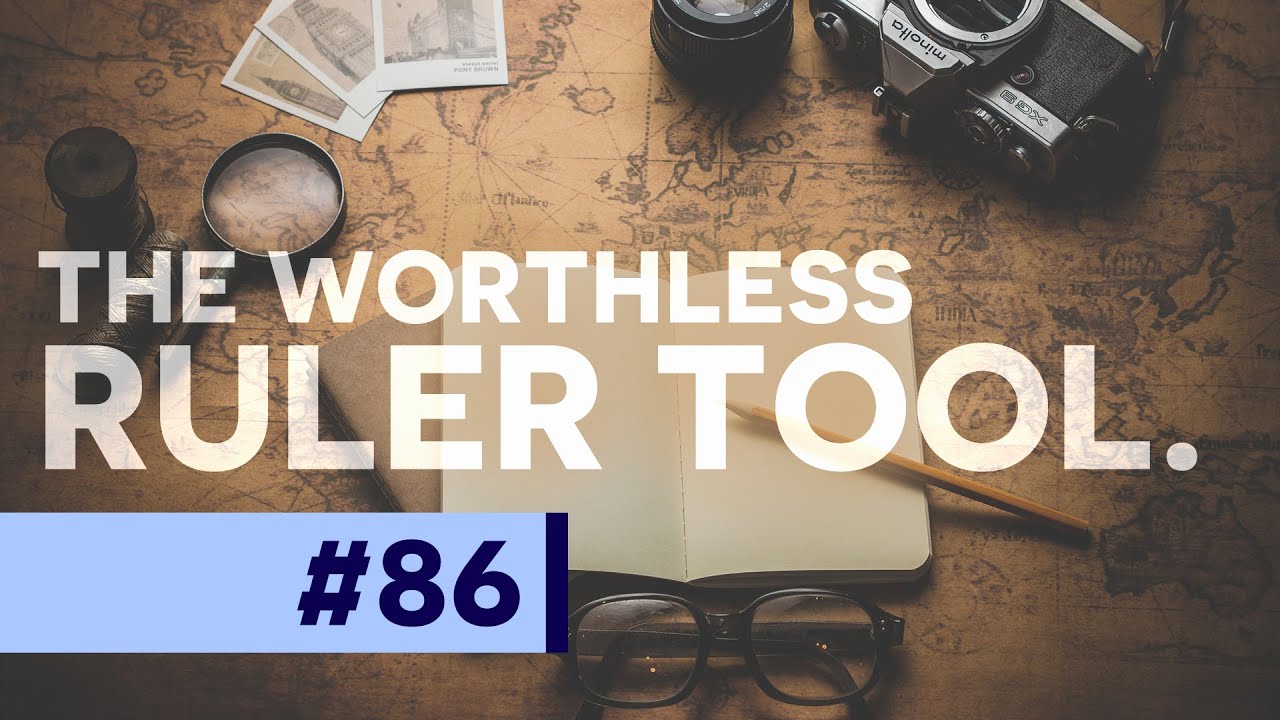

Also the first tile will be centered on the starting point of the line you draw, instead of being flush with the edge. But it would have to be number-free, which is a very serious drawback. Then Illustrator could ship with a "Rulers" brush library to give a variety of defaults.īesides giving more flexibility in ruler designs, this approach would yield benefits for all sorts of brush designs where stretching the original art is undesirable.Ĭurrently the closest workaround that I can find is to define a scatter brush, with the alignment along the path instead of parallel to the page edges. Or with the option to include placeholder text, you could put some special text like "" in the design of a pattern brush, where the tile design was 1 inch long (or 1 centimeter or whatever your major unit is), and the text would get replaced with 1 in the first pattern tile, and increase by one each time a new tile was laid down. (You might need to define a short endcap tile.)

When applied to a line, it would chop off at the end of the line. With the option to chop partial art brushes, you could design one long ruler as long as the longest thing you ever expected to measure, and define it as an art brush.

(Pattern brushes do have options to add spacing or approximate the path instead of stretching, but add spacing puts space between each tile, which isn't at all what you want, and the approximate path option does not apply to open paths. In particular, the option to chop partial art brushes or partial pattern brush tiles rather than stretch or scrunch them to fit the path, and the option to include placeholder text that would be filled in. That is, probably a more cost-effective way of providing this feature would not be a ruler-drawing tool, but rather adding a few more options to art brushes and/or pattern brushes, similar to the options for applying graph designs to bar graph columns. While I can see the utility of the feature you describe (it sounds more useful than the Flare tool, and possibly equivalent in utility to the Polar Grid tool), the number of options that would be needed to provide reasonable flexibility (units, scale, width of the ruler, tick spacing, whether to number only major units or minor ones as well, etc.) seems high enough that I think simply letting the user design their own ruler art, and then cutting it off at the right place would be a better approach.

That is a dream world we graphic designers here have woke up from long ago. This would be saving huge amounts of time and help us to guarantee that our clients do not retort with "We know that we approved and signed-off on that art for 1,000,000 pens but we didn't realize it was that size"?!?!īelieve us, it happens more times then we would ever like to admit, and no there is no time to visit the client with an artist to explain what would be the process with the job order and how the art will be handled and what to expect from the art department. We just feel that many others are in our same boat and would like to have a functional - standard ruler tool that draws a ruler in the document. In our business we send out hundreds of files a week to clients for approving and vendors for production. So we can either spend time drawing 20 different rulers for both vertical and horizontal display making 20 template files, or 1 big file containing all the rulers having to open the file each time we would like to use one. The file physical size then becomes huge to accommodate the ruler, which makes problems for Management types when trying to print.
ILLUSTRATOR RULER TOOL PDF
On the flip side if we have a 24 inch ruler drawn out but we only have to have a 3 inch logo displayed in the JPEG or PDF much of the ruler has to be deleted and reworked. LOL, we could then make a 12 inch ruler but what about the logo that is 17 inches. Sure we could make a 8 inch ruler but what then for the 11 inch logo. We have done this already, but we use so many various document, logo and artwork sizes.


 0 kommentar(er)
0 kommentar(er)
